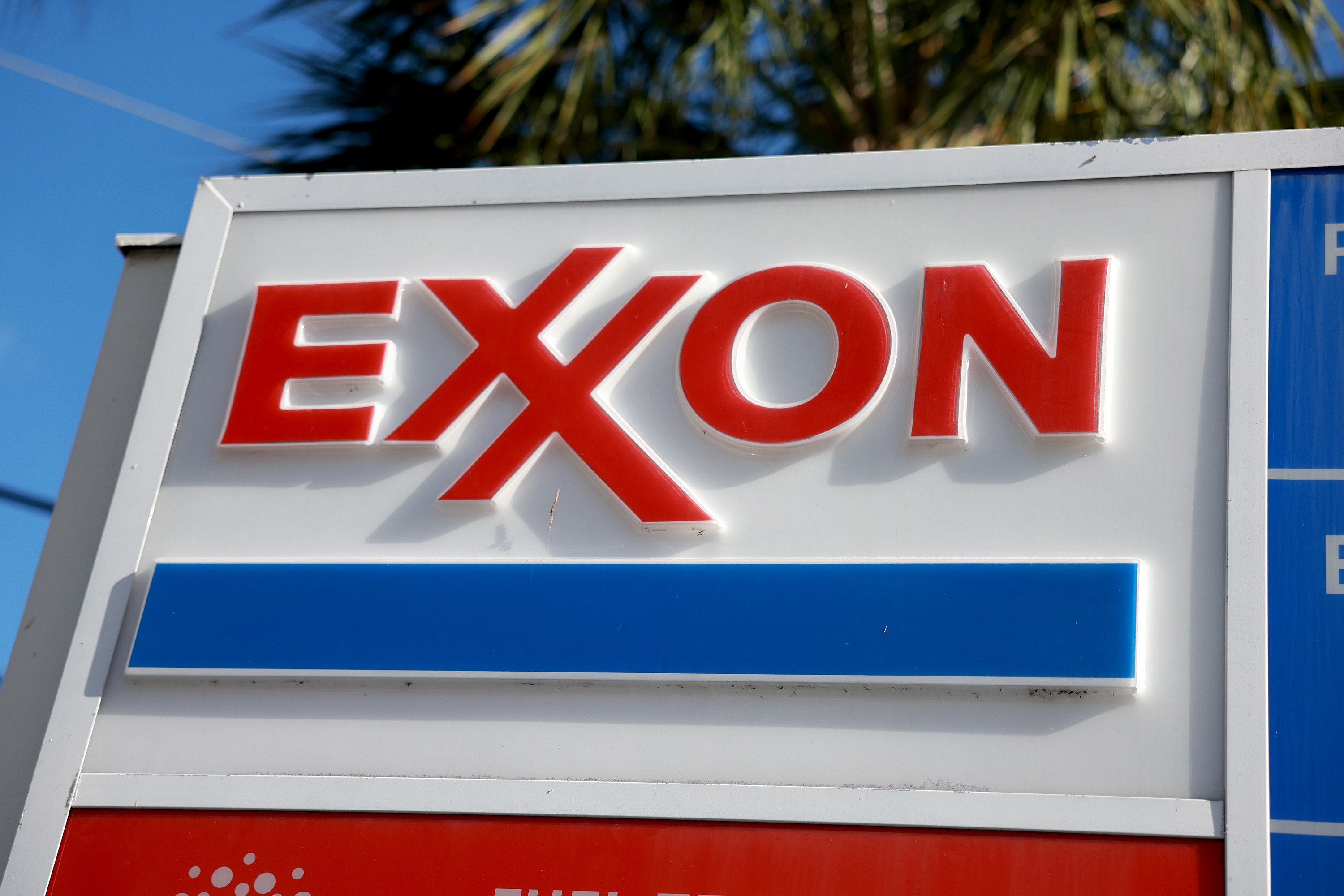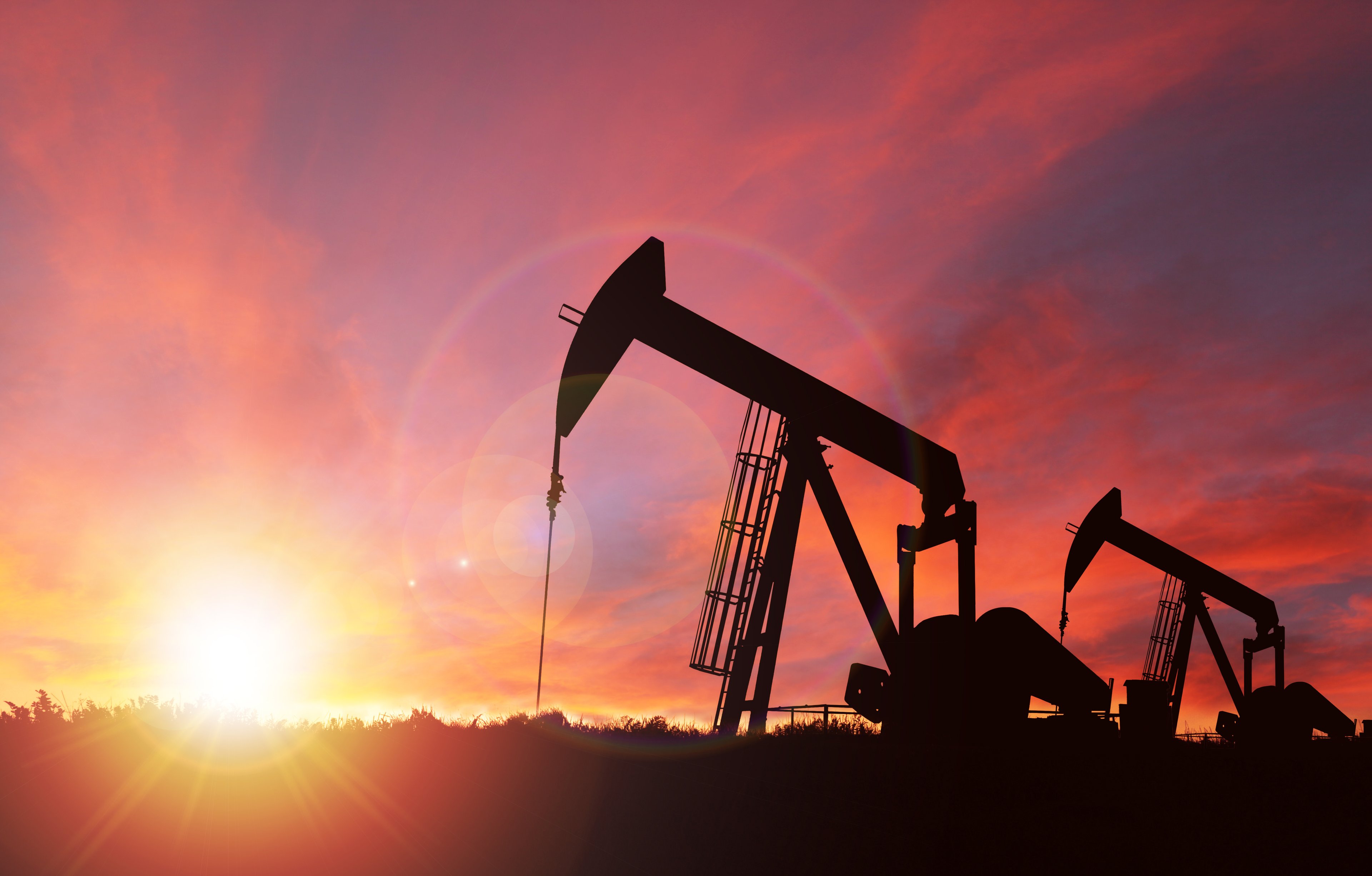Renewable energy and electric vehicles have made significant progress in the last decade. Putting aside any political or climate change debates, the future appears bright for the further advancement of clean technology. However, even with this progress, we should not lose touch with the reality that oil and natural gas will continue to be the source that fuels energy consumption for the foreseeable future.
The Energy Forecast
The U.S. Energy Information Association (EIA) in their "International Energy Outlook 2019" forecast that from now until 2050, the use of renewable sources of energy will grow, but oil and natural gas will too. The EIA report estimates that overall energy consumption will increase by 50% by 2050 with oil consumption increasing by more than 20% and natural gas consumption growing by more than 40%. The report shows that these increases will come largely from countries which are not members of the Organization for Economic Cooperation and Development (OECD).

Image source: Getty Images
While these countries collectively have a lower per capita GDP than the OECD countries, the report predicts that non-OECD countries will have an average growth of 3.8% per year compared to 1.5% per year for OECD countries over the next 30 years. This growth in GDP for non-OECD countries is expected to lead to an increase in energy consumption of 70% by 2050 versus 15% for OECD countries. In the non-OECD countries, the demand for oil is expected to increase 45% with natural gas increasing by 70% in order to satisfy the needs of the growing industrial and transportation sectors in these countries.
What does this mean for investors?
Investors should know that as a group these, companies are not going anywhere. So for an investor wanting exposure to Big Energy, which ones are the best investments? Companies like BP (BP 0.78%), Chevron (CVX 0.01%), ExxonMobil (XOM 0.23%), and Royal Dutch Shell (NYSE: RDS-A) (NYSE: RDS-B) are all paying significant dividends, but here are a few other things that could help you decide.
Financial Position
If financial security is the primary concern, then Chevron is in the best financial position based on its current and interest coverage ratios. These ratios are helpful in determining if a company has the resources to meet its obligations with higher ratios being better. Chevron does the best in both ratios with a current ratio of 1.12 and an interest coverage ratio of 23.49.
|
Current Ratio |
Interest Coverage Ratio | |
|---|---|---|
|
Company |
(As of September 30, 2019) |
(Nine Months of 2019) |
|
BP |
1.0610 |
4.0546 |
|
Chevron |
1.1242 |
23.4855 |
|
ExxonMobil |
0.7790 |
22.6884 |
|
Shell |
1.1466 |
7.3536 |
|
Formula: |
Current Assets / Current Liabilities |
Earnings Before Interest and Taxes / Interest Expense |
Data Source: BP, Chevron, ExxonMobil, Royal Dutch Shell
Oil and Gas Reserves
The purpose of Big Energy is to meet the energy needs of customers in the most efficient and cost effective way possible. Based on the EIA report, those needs are likely to be met with oil and natural gas for at least the next 30 years. And when it comes to oil and natural gas reserves, ExxonMobil is king.
|
Liquid Reserves |
Natural Gas Reserves | |
|---|---|---|
|
Company |
(million barrels) |
(billion cubic feet) |
|
BP |
11,456 |
49,239 |
|
Chevron |
6,790 |
31,576 |
|
ExxonMobil |
15,657 |
51,816 |
|
Royal Dutch Shell |
5,437 |
35,615 |
Data Source: BP, Chevron, ExxonMobil, Royal Dutch Shell
Investment in Alternative Energy
Even though oil and natural gas will continue to play a large role in meeting global energy needs, Big Energy has been making investments into alternative sources of energy in order to help bring us more quickly into a lower- and no-carbon energy world.
For example, BP, Chevron, and Royal Dutch Shell are making investments in wind, solar, and biofuels while ExxonMobil is focusing specifically on biofuels and carbon capture technology. Royal Dutch Shell is also working on carbon capture technology, and Chevron is working on geothermal. And BP and Royal Dutch Shell are looking into electric vehicle charging.
Based on each companies' investments, if your view of the future includes extensive use of alternative energy like wind and solar, then BP, Chevron, and Royal Dutch Shell are likely your better options. However, if you think that the future of energy will be closer to just a different version of today, then ExxonMobil is probably your pick.








